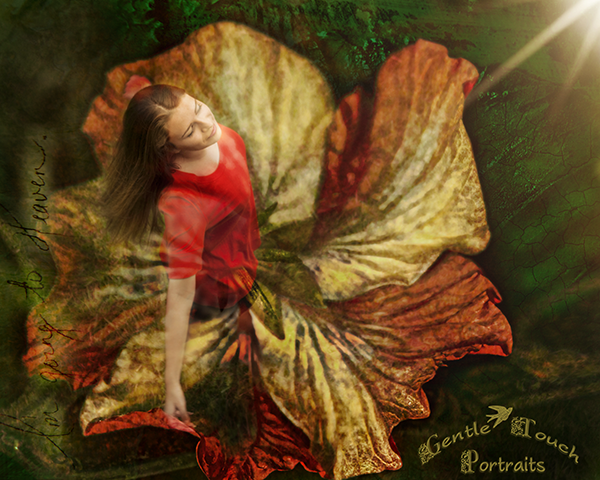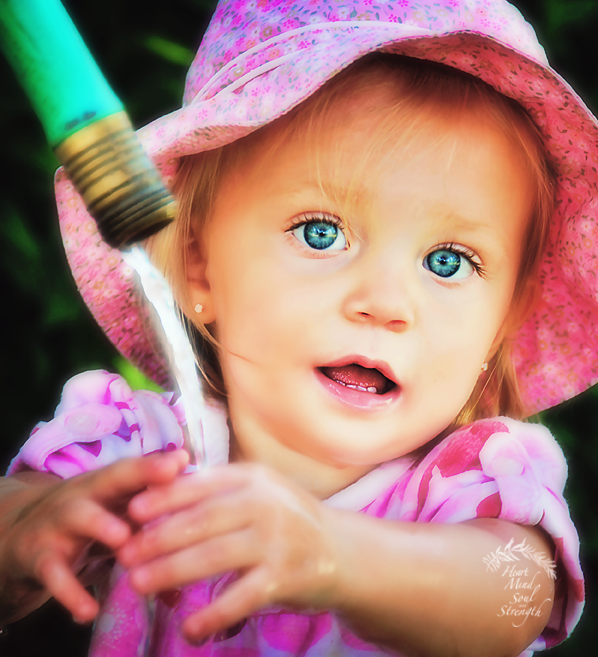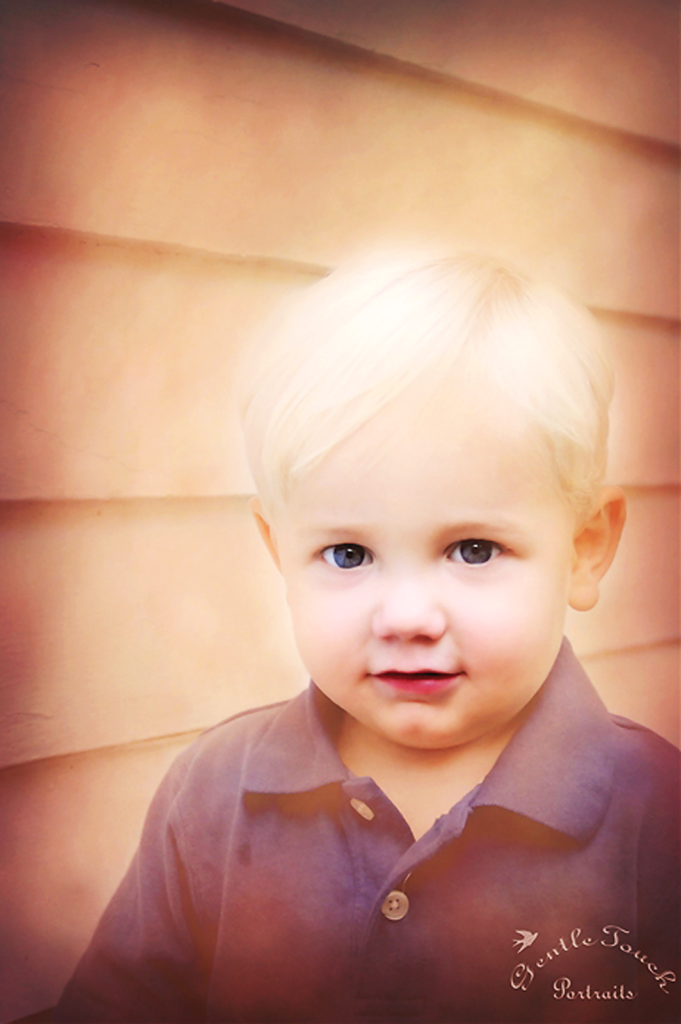We mothers and grandmothers have a heavy responsibility to protect our loved ones from sun damage. “Suffering one or more blistering sunburns in childhood or adolescence more than doubles a person’s chances of developing potentially deadly melanoma later in life.” Skincancer.org
How much do you know about skin and the sun? Take this short quiz to find out.
True or False?
1.____Sunscreen protects us from getting melanoma, a life-threatening form of skin cancer.
2.____Covering our skin with clothing isn’t as effective as the sunscreen.
3.____Hats are unnecessary if using sunscreen.
4.____We shouldn’t go out in the noonday sun unprotected.
If you answered False to all of the above, you got 100%! You’re excused from reading this article. If you answered True to any of the above, please read on.
 1. “Current scientific evidence has not been able to prove that sunscreen reduces the risk of developing melanoma.” But “there is strong evidence showing the beneficial roles of sunscreens in reducing precancerous skin conditions like actinic keratosis and squamous cell cancer.” Dr. Steven Wang New York Times https://consults.blogs.nytimes.com/2009/06/05/sunburned-as-children-doomed-as-adults/
1. “Current scientific evidence has not been able to prove that sunscreen reduces the risk of developing melanoma.” But “there is strong evidence showing the beneficial roles of sunscreens in reducing precancerous skin conditions like actinic keratosis and squamous cell cancer.” Dr. Steven Wang New York Times https://consults.blogs.nytimes.com/2009/06/05/sunburned-as-children-doomed-as-adults/
Altho sunscreens do prevent burns, it hasn’t been proven that they prevent melanoma.
Since the jury is still out on whether sunscreen protects us against melanoma, why not use the proven protection of covering our bodies with clothing? Since ancient times, people have protected themselves by wearing long sleeves, long pants or robes, and covering their heads.
Clothing remains the best way to protect yourself and your children if you must be in the sun. The more skin covered by clothing, the more protection, of course, so avoid sleeveless tops and short shorts. No amount of sunscreen can promise to prevent melanoma cancer. The longer the sleeves and the pants, the safer your child is.
2. But are all fabrics equally protective? “The more vivid the color, the greater the protection; a bright yellow shirt is more protective than a pale one. But even a pale fabric

can offer good protection if the weave, material, weight, etc. are effective at keeping out UV. And many white fabrics have “optical whitening agents,” chemical compounds that strongly absorb UVR, especially UVA.
Buy garments that suit your purpose. You don’t need a heavy work shirt for the beach, but a long sleeved, tightly woven linen shirt can be both cool and sun-smart.” Washing cottons 3 times before wearing helps tighten the weave by shrinkage and therefore closes the gaps between threads through which UV rays could penetrate. Dr. Peter Gies Senior Research Scientist, Ultraviolet Radiation Section, Australian Radiation Protection Agency http://skincancer
Clothing dyes help absorb UV rays. And the weave matters. Hold an article of clothing up to the light. If a lot of light shines through, the fabric won’t give as much protection from UV as fabric with a tight weave that you can’t see light through.

3. Hats are especially important because they protect the scalp which is often the site of cancers because it receives a lot of UV rays. Sunscreen isn’t practical to apply because of the hair. Also, hats protect the face not only from cancer but from aging. Wrinkles and brown spots in later life are symptoms of sun damage in childhood. But protecting yourself as an adult helps to prevent further damage and may help the skin heal from childhood damage. Today I put a spare hat in my car because I was caught twice in two days without a hat when I unexpectedly needed to be out in the sun at midday away from home. I’m careful to wear a brimmed hat when working outdoors at home. Sheer vanity dictates it. I’m trying to forestall looking ancient!
4. The best way to protect yourself and your children is to avoid the direct sun between 10:00 am and 4:00 pm unless you have clothing/hat/sunscreen protection. But we  should spend 10-15 minutes in the sun without protection at midday for Vitamin D production. A study “published in the Archives of Internal Medicine, shows that those with the lowest vitamin D levels have more than double the risk of dying from heart disease and other causes over an eight-year period compared with those with the highest vitamin D levels. The researchers cite “decreased outdoor activity” as one reason that people may become deficient in vitamin D.” Remember that sunscreens and tightly woven clothing prevent the body from producing Vitamin D. So spend a short time in the sun with skin exposed and then cover up or get in the shade. During the summer, “If you’re fair skinned, experts say going outside for 10 minutes in the midday sun—in shorts and a tank top with no sunscreen—will give you enough radiation to produce about 10,000 international units of the vitamin.” In Fall, Winter, and early Spring, if you live north of Atlanta, you cannot get enough direct sun to generate Vitamin D, so take a Vitamin D supplement. (The sun’s rays are too oblique.)
should spend 10-15 minutes in the sun without protection at midday for Vitamin D production. A study “published in the Archives of Internal Medicine, shows that those with the lowest vitamin D levels have more than double the risk of dying from heart disease and other causes over an eight-year period compared with those with the highest vitamin D levels. The researchers cite “decreased outdoor activity” as one reason that people may become deficient in vitamin D.” Remember that sunscreens and tightly woven clothing prevent the body from producing Vitamin D. So spend a short time in the sun with skin exposed and then cover up or get in the shade. During the summer, “If you’re fair skinned, experts say going outside for 10 minutes in the midday sun—in shorts and a tank top with no sunscreen—will give you enough radiation to produce about 10,000 international units of the vitamin.” In Fall, Winter, and early Spring, if you live north of Atlanta, you cannot get enough direct sun to generate Vitamin D, so take a Vitamin D supplement. (The sun’s rays are too oblique.)
“The sunshine vitamin may protect against a host of diseases, including osteoporosis, heart disease, and cancers of the breast, prostate, and colon. What’s more, sunlight has other hidden benefits—like protecting against depression, insomnia, and an overactive immune system. .International Journal of Epidemiology. Her finding: Far more lives are lost to diseases caused by a lack of sunlight than to those caused by too much.” USNews Health Time in the Sun: How Much Is Needed for Vitamin D? By Deborah Kotz, http://health.usnews.com/health-news/family-health/heart/articles/2008/06/23/time-in-the-sun-how-much-is-needed-for-vitamin-d
How to protect Babies 0-6 months: Infants’ skin is very tender and prone to sun damage because their melanin, the pigment, isn’t developed yet. But don’t use sunscreen yet, as the chemicals are too harsh. Protect with long sleeved clothing and pants plus a brimmed hat. Shade is your friend, so find or make shade. Use the sun shield on your stroller or carrier. Get a UV shield for side window of your vehicle near Baby’s seat. Don’t take Baby out in the direct sun between 10:00 am and 4:00 pm when the sun’s rays are most intense.
How to protect toddlers: After 6 months, continue to protect mainly with clothing and hats. Be sure to choose clothing that covers the shoulders where the sun’s rays hit hardest. Hats and sunglasses protect the fragile area under the eyes and the nose. Apply sunscreen to exposed areas like hands, ears, neck, face. Make sure your sunscreen has active ingredients Zinc Oxide or Titanium Dioxide which are a physical barrier between the skin and the sun and don’t need to be absorbed into the skin to work. Play in the shade as much as possible when the sun is hottest, 10:00 am-4:00 pm.
If you don’t have trees in your yard for a shady place to play, make shade! One of our sons and his wife have a red headed pre-schooler and a newly one-year-old. Sun risk is real to them! He recently purchased shade cloth which he attached to their back porch on one side and their fence on the other. The cloth cuts 90% of the sun’s UV rays and gives his fair skinned daughters a safe play area during the hottest part of the day. Here is the link: Sun shade cloth . Look for play structures that offer covered play areas. But parents must still watch for when the sun moves and the shade is no longer over the children.
At the beach: cover shoulders, buy rash guard or UPF swim shirts, or cover swimsuit with a bright colored t-shirt. Keep in mind that wet clothing doesn’t offer as much protection as dry clothing, and you can burn even when submerged in water. When swimming, use zinc oxide based sunscreen. Reapply every two hours. Bring an umbrella or hats and long sleeves for sand play. Educate teens about the dangers of tanning.
“But there is no such thing as a safe tan because tanning itself is caused by DNA damage to the skin. Remind teens that tanning increases skin cancer risk, and leads to wrinkles, blemishes and age spots later in life.” Skincancer.org